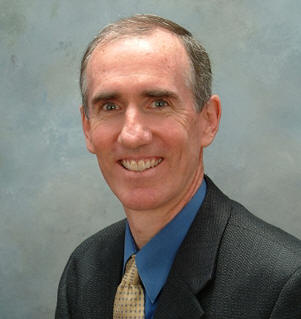System Maintenance occurs every Friday.
Failure and Yield Analysis is an increasingly difficult and complex process. Today, engineers are required to locate defects on complex integrated circuits. In many ways, this is akin to locating a needle in a haystack, where the needles get smaller and the haystack gets bigger every year. Engineers are required to understand a variety of disciplines in order to effectively perform failure analysis. This requires knowledge of subjects like: design, testing, technology, processing, materials science, chemistry, and even optics! Failed devices and low yields can lead to customer returns and idle manufacturing lines that can cost a company millions of dollars a day. Your industry needs competent analysts to help solve these problems. Failure and Yield Analysis is a 4-day course that offers detailed instruction on a variety of effective tools, as well as the overall process flow for locating and characterizing the defect responsible for the failure. This course is designed for every manager, engineer, and technician working in the semiconductor field, using semiconductor components or supplying tools to the industry.
By focusing on a Do It Right the First Time approach to the analysis, participants will learn the appropriate methodology to successfully locate defects, characterize them, and determine the root cause of failure.
March 2-5, 2026 | Munich, Germany
(Price available until Mon. Feb. 9)
April 13-16, 2026 | Phoenix, AZ
(Price available until Mon. Mar. 23)
1-Year Online Training Subscription
(Includes this and other materials.)
$2,195
$2,095
$2,195
$2,095
$700
Please note: If you or your company plan to pay by wire transfer, you will be charged a wire transfer fee of USD 45.00.
Please email the printable registration form for public courses to us at the email address on the form to complete your order.
If you have any questions concerning this course, please contact us at info@semitracks.com.
If a course is canceled, refunds are limited to course registration fees. Registration within 21 days of the course is subject to $100 surcharge.
Can't attend this course in person due to work schedule or lack of travel budget? An online version of this course is available in our Online Training System! Learn more about our Online Training System.
Participants will learn to develop the skills to determine what tools and techniques should be applied, and when they should be applied. This skill-building series is divided into three segments:
Our courses are dynamic. We use a combination of instruction by lecture, problem solving, and question/answer sessions to give you the tools you need to excel in the failure analysis process. From the very first moments of the seminar until the last sentence of the training, the driving instructional factor is application. The course notes offer hundreds of pages of reference material that the participants can apply during their daily activities.
Our instructors are internationally recognized experts. Our instructors have years of current and relevant experience in their fields. They're focused on answering your questions and teaching you what you need to know.
Our analysis instructional videos help you visualize the process. Failure and Yield Analysis is a visual discipline. The ability to identify nuances and subtleties in images is critical to locating and understanding defects. Many tools output video images that must be interpreted by analysts. Our videos allow you to directly compare material you'll learn with your actual analysis work.

Christopher Henderson received his B.S. in Physics from the New Mexico Institute of Mining and Technology and his M.S.E.E. from the University of New Mexico. Chris is the President and one of the founders of Semitracks Inc., a United States-based company that provides education and semiconductor training to the electronics industry.
From 1988 to 2004, Chris worked at Sandia National Laboratories, where he was a Principal Member of Technical Staff in the Failure Analysis Department and Microsystems Partnerships Department. His job responsibilities have included failure and yield analysis of components fabricated at Sandia's Microelectronics Development Laboratory, research into the electrical behavior of defects, and consulting on microelectronics issues for the DoD. He has published over 20 papers at various conferences in semiconductor processing, reliability, failure analysis, and test. He has received two R&D 100 awards and two best paper awards. Prior to working at Sandia, Chris worked for Honeywell, BF Goodrich Aerospace, and Intel. Chris is a member of IEEE and EDFAS (the Electron Device Failure Analysis Society).
At Semitracks, Chris teaches courses on failure and yield analysis, semiconductor reliability, and other aspects of semiconductor technology.